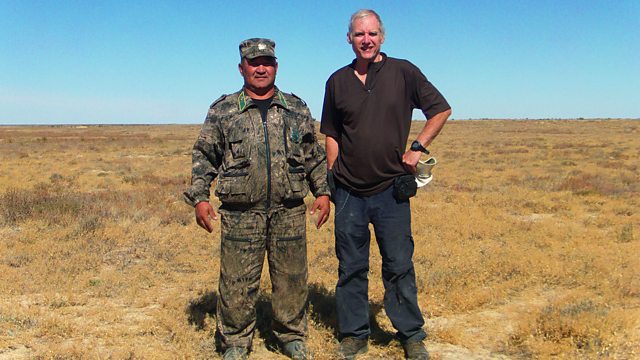The Real Cost of Chinese Medicine
As Chinese money is invested around the world there is a surprising toll to pay. The endangered species of far-flung regions suffer from the demands of traditional Chinese medicine
China's $900bn Belt and Road Initiative is taking Chinese money, expertise and workers all around the world. From South-East Asia all the way to South America, Chinese influence can be spotted at construction sites for roads, dams and railways. Evidence is mounting that this is bad news for rare and endangered species. Local people discover that Chinese workers have an appetite for the skin, bones and teeth of rare creatures for use in so-called Traditional Chinese Medicine. A market is established and before long an illicit trade is established, reaching all the way back to China.
The Chinese government has just announced a partial reversal of its 25 year ban on the sale of rhinoceros and tiger parts. That decision is expected to boost the illegal trade in endangered species.
Peter Hadfield has travelled across the world from the Kazakhstan steppe to the markets of Hong Kong, in search of the species threatened by the trade and the buyers of body parts. He discovers a new drive from scientists to create alternative compounds and asks if consumers will accept an artificial option.
Producer: Alasdair Cross
Last on
Broadcasts
- Tue 30 Oct 2018 15:30大象传媒 Radio 4
- Wed 31 Oct 2018 21:00大象传媒 Radio 4
What has happened to the world's coral?
Podcast
-
![]()
Costing the Earth
Fresh ideas from the sharpest minds working toward a cleaner, greener planet



